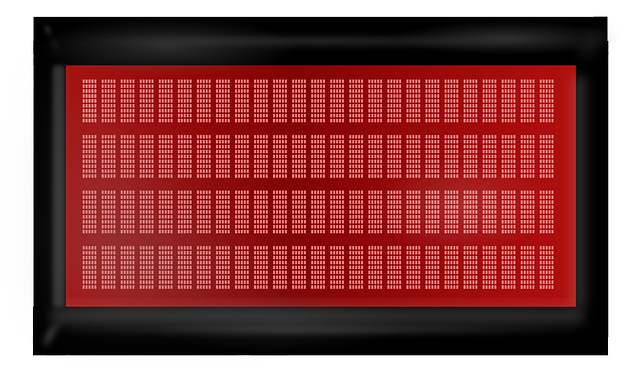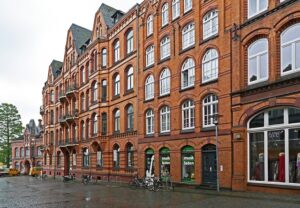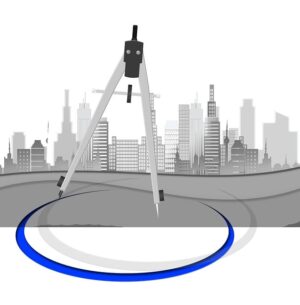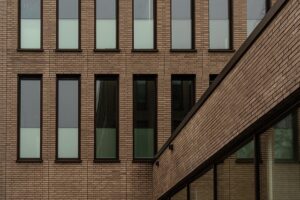Industrial destratification fans are crucial for improving air quality and worker comfort in large facilities like manufacturing plants and warehouses. They vertically circulate air, counteracting thermal stratification and ensuring uniform temperature distribution, leading to energy cost savings. Adjustable models are ideal for high-ceiling spaces, offering flexible cooling and thermal control, optimized for dynamic industrial environments, and enhancing overall operational productivity.
In industrial settings, maintaining optimal air quality is paramount. Adjustable industrial destratification fans play a crucial role in achieving this by distributing air evenly across diverse spaces. This article delves into the world of these versatile fans, exploring their benefits and how they address the challenge of varying ceiling heights. We’ll dissect key features, implementation strategies, and provide insights to help facilities managers make informed decisions regarding efficient air distribution.
- Understanding Industrial Destratification Fans: Their Role and Benefits
- Challenges of Ceiling Height Variations in Industrial Spaces
- Key Features and Advantages of Adjustable Destratification Fans
- Implementation Strategies for Effective Air Distribution
Understanding Industrial Destratification Fans: Their Role and Benefits

Industrial destratification fans play a pivotal role in improving air quality and worker comfort within industrial facilities, manufacturing plants, and warehouse applications. These specialized fans are designed to counteract thermal stratification, a common issue in high ceiling spaces where hot air rises to the top, creating uncomfortable temperature variations. By circulating air vertically, industrial destratification fans ensure uniform distribution of cool air throughout large spaces, enhancing factory cooling and energy cost reduction.
They offer numerous benefits for heavy duty construction sites and other large-scale environments. Worker comfort is significantly improved as employees are no longer subjected to harsh temperature disparities. Moreover, efficient air circulation aids in the removal of fumes, dust, and other airborne contaminants, fostering a safer and healthier work environment. This technology contributes to sustained operational efficiency, ensuring optimal performance across diverse industrial applications.
Challenges of Ceiling Height Variations in Industrial Spaces

In industrial facilities, manufacturing plants, and warehouses, achieving uniform air circulation can be a significant challenge due to varying ceiling heights. High ceiling spaces often require specialized solutions like adjustable industrial destratification fans to address thermal stratification control effectively. Standard fan configurations may struggle to distribute cool air evenly across large spaces, leading to hot spots and discomfort for workers. This issue is particularly acute in factory cooling scenarios where maintaining optimal temperatures not only enhances worker comfort but also contributes to energy cost reduction.
The challenge of ceiling height variations in warehouse applications and heavy duty construction sites exacerbates the need for versatile industrial destratification fans. Traditional fan systems might not be able to reach or effectively circulate air in high-ceiling areas, creating stagnant zones that can impact productivity and safety. By contrast, adjustable destratification fans designed for such environments offer a game-changing solution, enabling precise thermal stratification control and ensuring every corner of the factory or warehouse benefits from efficient air circulation.
Key Features and Advantages of Adjustable Destratification Fans

Adjustable destratification fans are designed to tackle a unique challenge faced in various industrial settings—managing thermal stratification in high ceiling spaces. These versatile fans offer several key features that set them apart, making them indispensable for maintaining optimal air circulation and worker comfort in large space applications like manufacturing plants and warehouses. One of the primary advantages is their ability to accommodate varied ceiling heights; this adjustability ensures efficient factory cooling without the need for extensive retrofitting or installation work.
Furthermore, industrial destratification fans contribute significantly to energy cost reduction in heavy-duty construction and warehouse applications. By controlling air circulation effectively, these fans prevent hot spots and cold zones, enhancing overall thermal comfort for workers. This not only improves productivity but also reduces the environmental impact by minimizing energy usage for cooling. In terms of versatility and functionality, adjustable destratification fans are a game-changer, catering to diverse needs in dynamic industrial facilities while ensuring optimal air quality and comfort.
Implementation Strategies for Effective Air Distribution

Implementing effective air distribution strategies in industrial facilities requires a tailored approach, especially when dealing with varying ceiling heights and large space air circulation challenges. Industrial destratification fans are pivotal here, offering a flexible solution for factory cooling and thermal stratification control. These fans are designed to accommodate high ceiling spaces, ensuring optimal airflow and worker comfort improvement across diverse warehouse applications.
For manufacturing plants and heavy duty construction sites, the strategic placement of adjustable industrial destratification fans can significantly reduce energy cost reduction while maintaining ideal ambient temperatures. By adjusting fan heights and speeds according to specific requirements, these devices facilitate efficient air circulation in both bustling factories and large-scale warehouse environments, enhancing overall operational productivity.
Industrial destratification fans with adjustable heights offer a versatile solution for managing air distribution in diverse industrial settings. By accommodating varying ceiling heights, these fans ensure optimal environmental control, enhancing worker comfort and productivity. Through their adaptability, they provide an efficient and cost-effective approach to maintaining a well-ventilated and balanced atmosphere, which is essential for many manufacturing and warehouse operations. Implement these adjustable fans strategically, and businesses can achieve enhanced air quality, improved safety, and increased operational efficiency.






